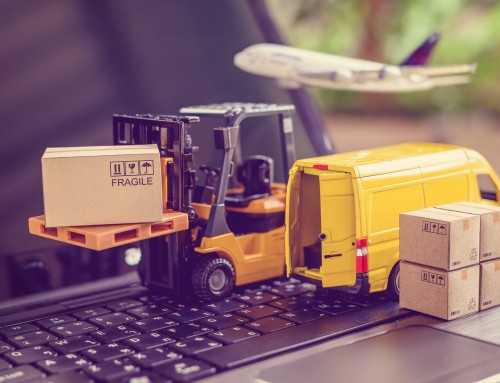In ecommerce fulfillment, backorders are bad business. Studies show that every backorder can accrue $15 to $20 per fulfillment. Those costs include customer service calls, picking and packing the backordered items, as well as additional packing material costs. Shipping costs may escalate, too, if you need to expedite or air freight a backordered item at your own cost. And after all of that, backordered items have a higher return rate than other items. However, the biggest costs to your business are that customers experiencing backorders may not choose you for future purchases and you lose their lifetime-value.
Almost Inevitable
Even with all of the sophisticated sales forecasting now available, it is still probable that you will find yourself in backorder situations. Some things are simply too difficult to predict. If an influencer tags your product and demand suddenly skyrockets, you may need to backorder. If your suppliers who are usually reliable experience unexpected issues, you may not have sufficient inventory for typical demand. You can’t control everything, but you can plan to cope.
Minimize
While acknowledging that backorders are sometimes unavoidable, you should also do everything you can to minimize them. Using well-designed management software systems can aid in comprehensive sales forecasting. Such systems analyze the changes in demand patterns, and the responsiveness of your supply chain. This kind of information can help you to plan for sudden surges and set up protocols with 3PL experts, so that when backorders happen you have an efficient, effective method of dealing with them already in place.
Manage Inventory
Careful inventory management is key to ecommerce fulfillment success. A comprehensive enterprise resource plan (ERP) that incorporates the warehouse management system, the transportation management system, and the customer service will decrease backorders and make those that happen unproblematic. Integrated technology that not only monitors inventory, but anticipates fluctuations is crucial here.
Communication – At Time of Order
Your brand value depends on the relationships developed with your customers. So communication around backorders is crucial. The item should be clearly identified as a backorder at the time of purchase. You don’t want your customer to feel tricked in any way. Ideally, backordered items would appear on a separate web page. Many 3PLs can offer that option if you are outsourcing online order placement as well as warehousing and fulfillment.
Communication – Direct to Customer
If a customer orders an item that subsequently is backordered, you should contact the customer directly, either by telephone or personal email. It’s important to be clear about the reason the item is unavailable, and give the customer options about how to proceed. This kind of personalized interaction can mitigate the negative of a backorder and even transform it into a positive customer experience.
Communication – Accurate Estimated Delivery
Whether the backorder appears on the website immediately, or you need to contact the customer, you should always include an accurate estimated delivery. It’s all right to have a range of dates, as long as they are not unreasonable. But it is essential that you adhere to the estimate that you have given. That means that you may incur extra expenses if expedited shipping is necessary.
Communication – Responsiveness
Sometimes customers who are upset about backorders vent their frustrations on public platforms. Negative comments on social media sites should be acknowledged immediately. Your response should be friendly and professional. Never engage in the specifics of the case; reaffirm your commitment to your customers. You may not be able to redeem the situation with that specific customer, but your response will be seen and assessed by numerous other customers or prospective customers.
Backorders are not desirable, but they can and do happen. The best course of action you can take is to minimize their frequency, and communicate honestly and effectively when they do. Working with a good 3PL can help you do both. 3PLs have expertise in warehouse management and transportation and delivery. They can provide customer services, too. Why not let the experts help you maintain and grow your brand?



